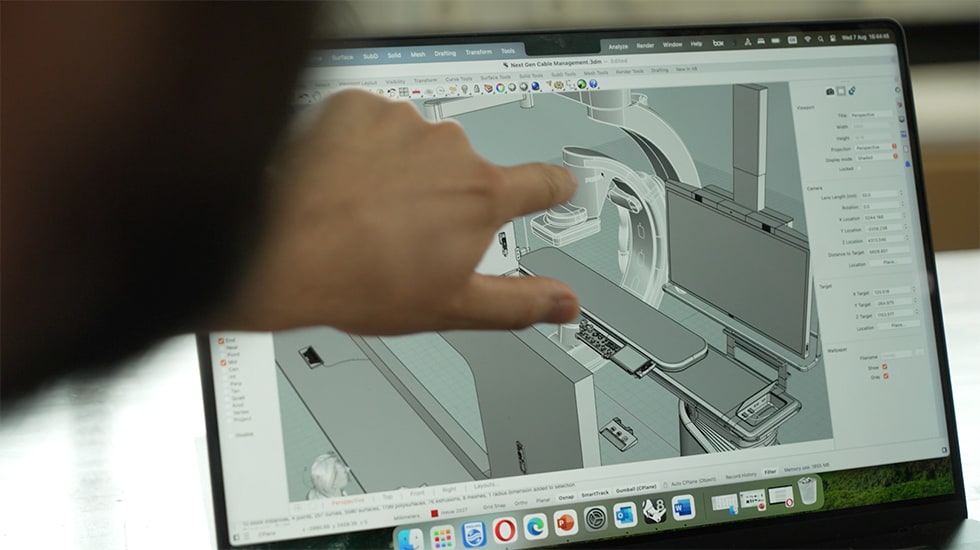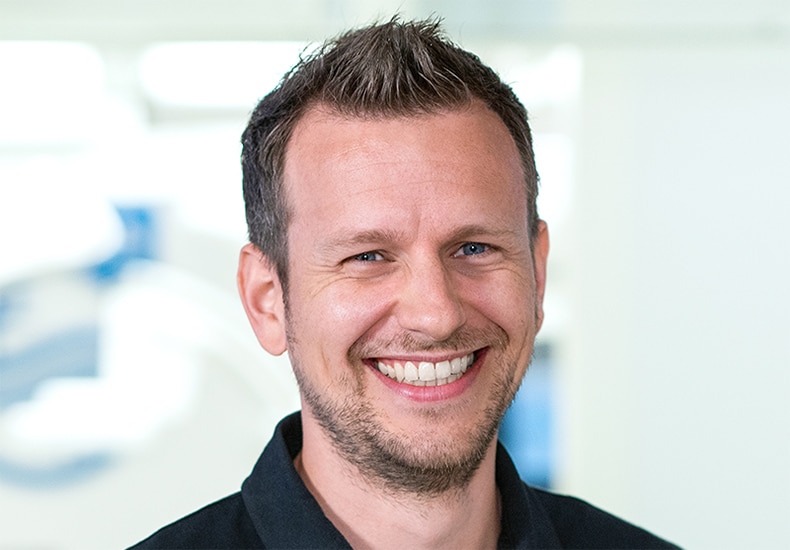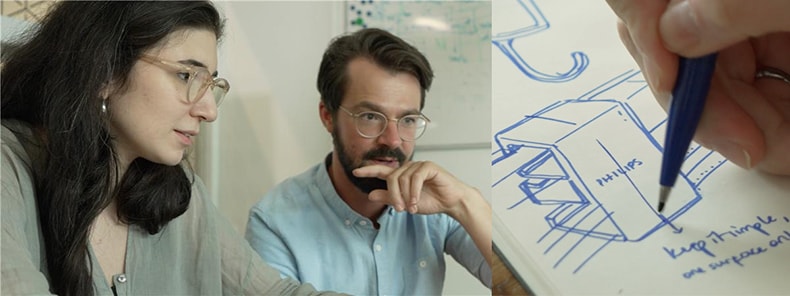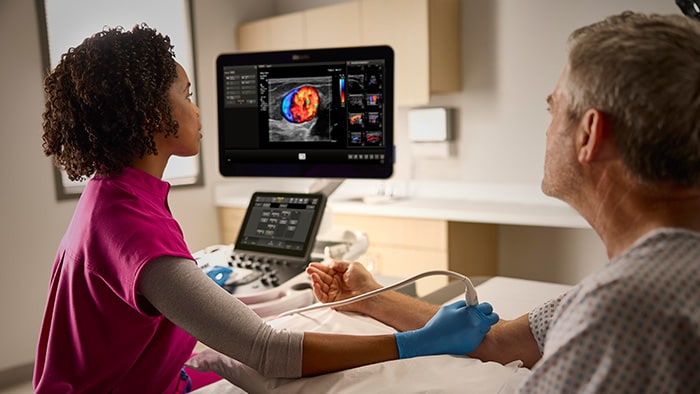Designing with Purpose: A Q&A with designer Ivo Stuyfzand on the Azurion Neuro Biplane and winning iF Gold
May 02, 2025 | 2 minute read
After Philips’ Azurion Neuro Biplane system was awarded the prestigious iF Design Gold Award 2025, we spoke with Ivo Stuyfzand, Design Director IGT Systems and leading the design team behind Azurion. On behalf of the team, he shared what the recognition means, how human-centered design came to life in the product, and what drives his team to keep innovating to enable better care for more people.

Q: What was your team’s reaction when you heard Azurion had won the iF Gold Award?
A: Everyone was really excited. The award recognizes not just this latest release, but eight years of continuous development. We’ve built a system that has evolved without losing its original design strength. It continues to enable new features to shine—and that’s something we’re incredibly proud of.
Q: What makes Azurion unique from a design perspective?
A: We put workflow at the center. That means truly understanding what clinicians need—how they think, how they move—and designing a system that supports them. Azurion doesn’t try to impress with complexity; it aims to make the complex feel effortless. That’s what makes it elegant to use.

Ivo Stuyfzand, Design Director IGT Systems and leading the design team behind Azurion
Q: The jury called it “human-centered design at its best.” What does that mean to you?
A: It means putting both the clinical team and the patient at the heart of the process. We create systems that clinicians can rely on and that patients can feel safe with. Every design choice reflects empathy, usability, and purpose.
Q: Who’s behind the design of Azurion?
A: It’s a multidisciplinary team—industrial designers for the physical components, UX and Usability designers for software interactions, and service designers who look at the broader journey, from installation to training and upgrades. What unites them is a drive to improve real clinical experiences. A good day is one where they see their designs helping people directly.

Q: How does Azurion support fast, life-saving procedures like stroke care?
A: This version is optimized for stroke workflows. The system offers full access to the patient’s head, rapid transitions from 2D to 3D imaging, and complete table-side control. It enables the care team to stay in the sterile field, reduce delays, and make faster, more confident decisions—all without moving the patient.
Q: How does it feel to know Azurion is used in patient care every day?
A: It gives our work real meaning. We know a patient is treated with this system every second somewhere in the world. That’s a huge responsibility—and a huge motivator. It reminds us that every design decision matters.
Q: What’s the most rewarding part of your job as a designer?
A: It’s when a clinician tries a prototype and you see that light in their eyes—when they realize this solves something they’ve struggled with. That moment of connection, of knowing your work is making a real difference—that’s what drives us to keep improving.
For more information, visit the iF Design Award project page or www.philips.com/biplane








